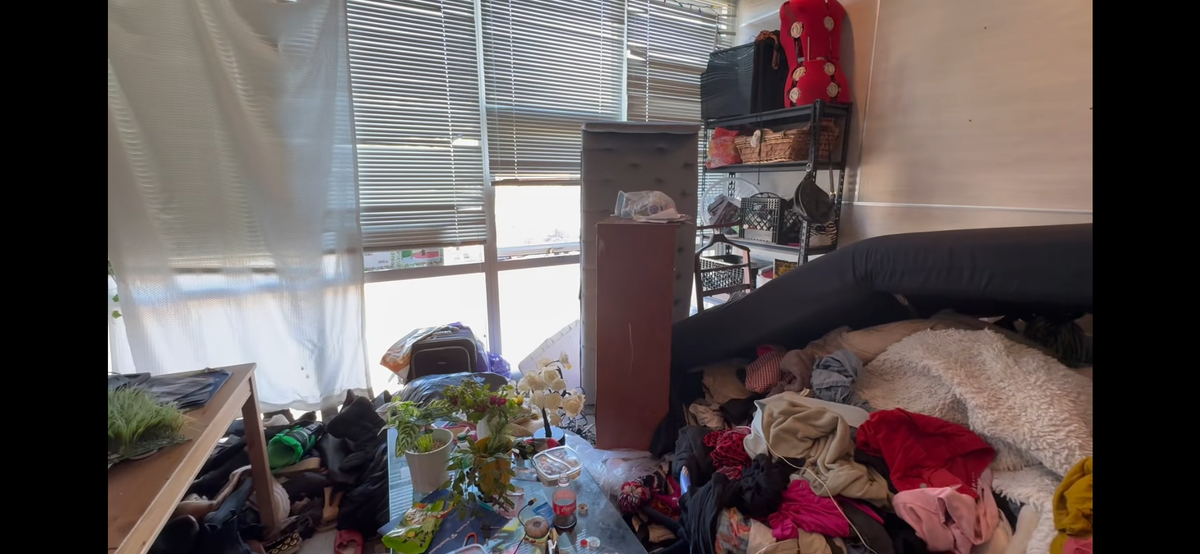
Editorial published with permissions by John White -long-time Burien resident
Chapter 2: DESC: The Stagnant Holding Cell
The DESC model always begins with lofty words. Housing first. Compassion. Stability. On the surface, it appears to be a humane and logical approach: get people off the streets, give them a room, and let them rebuild from there.
But in Burien, reality hit fast. The “services” offered were thin and often absent. Case managers rotated in and out, offering little more than paperwork. Mental health care was shallow, addiction treatment was rare, and enforcement of rules was minimal.
What residents actually experienced was not a bridge to recovery but a stagnant holding cell. The building kept people indoors but did little to help them move forward. And for the community around it, the results were even worse — more crime, more calls to first responders, and an atmosphere of decline.
The vision that had been sold to the public — of stability and progress — was replaced by something else entirely. Instead of transformation, there was stagnation. Instead of healing, there was relapse. Instead of building community trust, DESC eroded it.
Burien was promised a step forward. Instead, it was dragged backward into problems Seattle already knew too well.
The reality of DESC is not just about broken promises or policies. It’s about what daily life inside the building actually feels like — for people trying, surviving, slipping, or holding on.
The hallways are often dim and quiet, yet never free of tension. Some residents keep to themselves, trying to hold on to routines — cooking small meals, watching TV, counting days. Others drift in and out of haze, their rooms heavy with the smell of smoke or chemicals. The staff presence is thin, and when they do appear, they often look overwhelmed, more like security guards than mentors.
For someone arriving clean, or at least hopeful, this atmosphere is crushing. The building does not lift people up. It flattens them, teaching quickly that the easiest path is not to rise but to sink into the same cycle as those around you.
Outside the doors, the sidewalks become an extension of the facility. Groups gather, deals are quietly made, and arguments break out. Police are called again and again. For neighbors, it feels like living next to a storm that never passes. For residents, it is a constant reminder that escape is harder than entry.
Life inside DESC is not about growth. It is about endurance. The longer you stay, the more you adjust to the rhythm of stagnation. For those who came hoping for change, it is one of the hardest truths to face.
⸻
Stay Tuned for the next installment of the Series: Chapter 3: DESC: Living With Drug Dealers
To Read the First Installment, Chapter 1: The Lie, click here